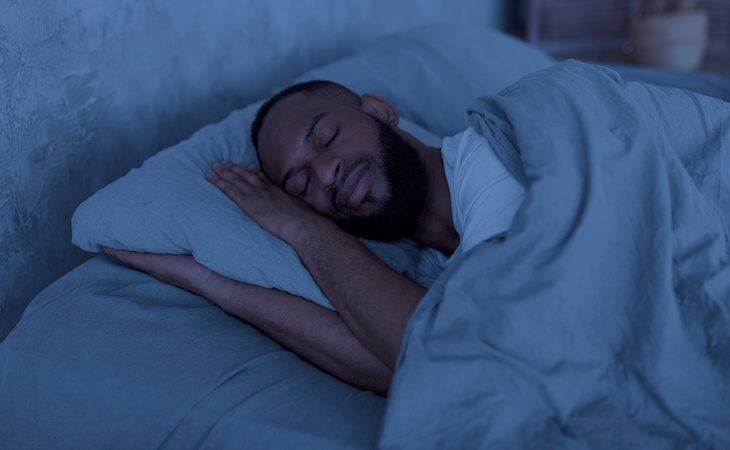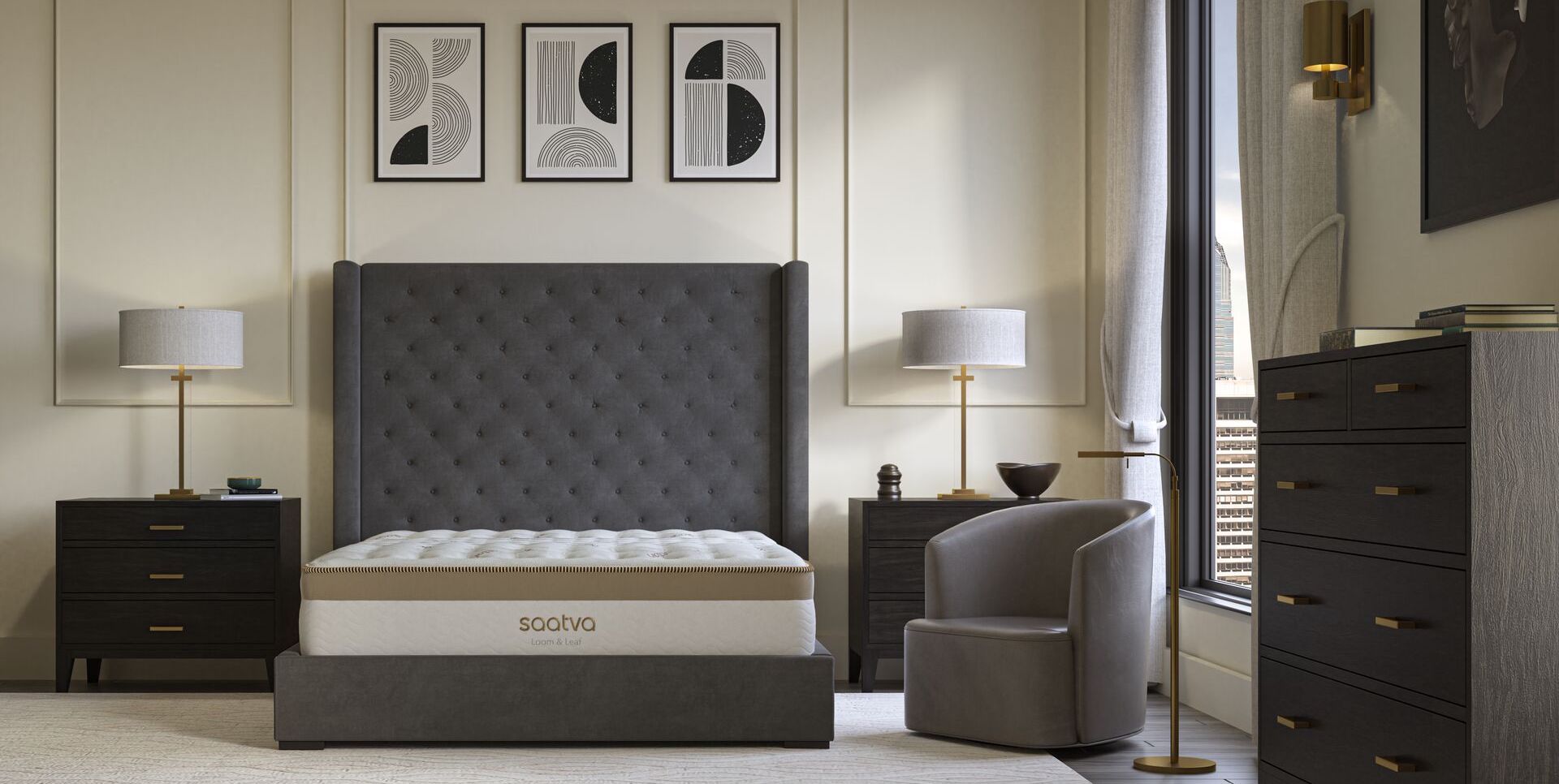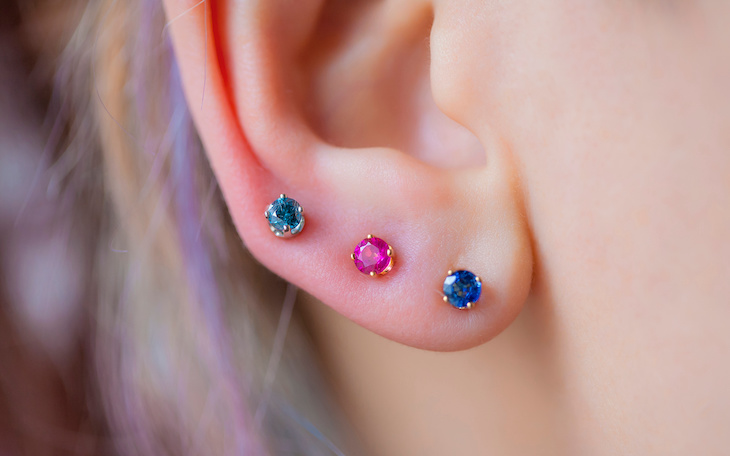You probably don’t spend a lot of time thinking about what position you sleep in. After all, it feels so automatic for many that it likely rarely crosses your mind. But you should know that your sleep position can affect your health—and certain sleep positions can actually benefit a number of health conditions.
Side sleeping wins out as the most popular position—and it turns out it also has some real health benefits. What side is best to sleep on, exactly, though? And when it comes to health issues (like acid reflux), should you choose to sleep on your left or right side?
Ahead, we’ll explore whether there are any benefits to sleeping on your left or right side and when to choose a specific side to sleep on.
Benefits of side sleeping
Side sleeping is the most popular sleep position—and overall, medical experts say this position can be good for your health.
Sleeping on your side can decrease symptoms of acid reflux, ease back and neck pain since the spine is in proper alignment, and can improve digestion. It also usually helps people who snore and can reduce sleep apnea symptoms since the airways are more open.
What is the best side to sleep on?
Now you’re wondering what side to sleep on. The answer? While sleeping on your right versus your left can support some health conditions, in general, there really isn’t a best side to sleep on, according to Janet O’Mahony, MD, internal medicine specialist at Mercy Medical Center in Baltimore.
What’s more, she points out that it can be next to impossible to “pick” which position to sleep in all throughout the night anyway.
“There is no one position to pick to sleep in,” O’Mahony says. “You can pick which position you start off sleeping in, but you won’t necessarily wake up in that same position.”
Some people try to prop up some pillows so that they can stay on a preferred side all night—but just know that generally, it can be difficult or even unfeasible to truly sleep on the same side all night.
If you do want to stick to a side for health reasons, simply try to catch yourself sleeping on one side and switch to the other if necessary.
Left side sleeping
The left side is best for those who are experiencing certain health conditions. Aim to stay on the left side if you identify with either of the following, according to O’Mahony:
- People in late pregnancy are encouraged to sleep on the left side because this improves blood flow back to the heart, which the enlarged womb interferes with. In general, left-side sleeping can help improve circulation during pregnancy.
- People with heartburn are encouraged to sleep on the left side because this can help improve acid reflux. “They are also encouraged to sleep with the height of the bed elevated so gravity will keep the acid out of the esophagus,” O’Mahony adds.
Right side sleeping
There are some individuals who should lean toward the right side for sleeping. As O’Mahony notes, they include:
- Congestive heart failure patients seem to sleep more on their right side than on their left. “It is unclear why this happens,” O’Mahony says. “It is likely uncomfortable for them to sleep on the left because they can feel their heart beat in their chest stronger if they lie on the left, but no one knows.” If this applies to you and it feels more comfortable to sleep on your right side, consider that a benefit.
When choosing a side doesn’t matter
Then there are people who have the choice to sleep on either the right or the left side. O’Mahony says some people with obstructive sleep apnea are encouraged to sleep on either side and not the back because their snoring and apnea can be worse on the back.
How to become a side sleeper
Since side sleeping is an ideal position for most people—and, in particular, for those dealing with the specific health conditions mentioned above—you may be interested in “training” yourself to become a side sleeper.
Some experts recommend things like propping yourself with pillows, placing your bed against the wall and sleeping facing it, or even sleeping on the couch for a few nights to make it a habit to sleep on your side. But O’Mahony says at the end of the day, people’s bodies will naturally move into varied positions throughout the night.
“Believe it or not, most people spend one-third of the night on their left, one-third on their back, and one-third on their right side,” she says.
But if you’re a chronic snorer who only snores when lying on your back, or if you don’t want to worsen your sleep apnea, it’s a good idea to attempt to sleep on your side. For this, O’Mahony recommends wearing an “anti-snore shirt” to bed.
“This is basically a T-shirt with a pocket or something lumpy sewn onto the back so that when you roll onto your back, it’s uncomfortable, and you roll over onto your side,” she explains.
When to avoid side sleeping
Then there are people who may want to avoid side sleeping. O’Mahony says this includes people with shoulder pain and those with certain joint problems, like hip pain. In these cases, you basically have no choice but to sleep on your back, which is the position that works the best for you.
FAQs
What is the healthiest position to sleep in?
Back sleeping and side sleeping are thought to be the healthiest positions to sleep in. While both positions have their benefits, it really comes down to choosing the one that feels the best for your needs and aids your individual health conditions.
Why is it good to sleep on your side?
Experts list things like decreased acid reflux, an aligned spine, and improved digestion as pros of sleeping on your side.
Why should you sleep on your left side?
Wondering which side to sleep on if you often have heartburn? Or perhaps you’re pregnant? O’Mahony says the left side can aid these conditions, by either alleviating acid reflux or improving circulation.
Find the best mattress for side sleepers at Saatva
Saatva offers a wide range of high-quality mattresses that can help side sleepers enjoy comfortable sleep. All of our mattresses come with a 365-night home trial and lifetime warranty. You can take our mattress quiz to discover your perfect match.











